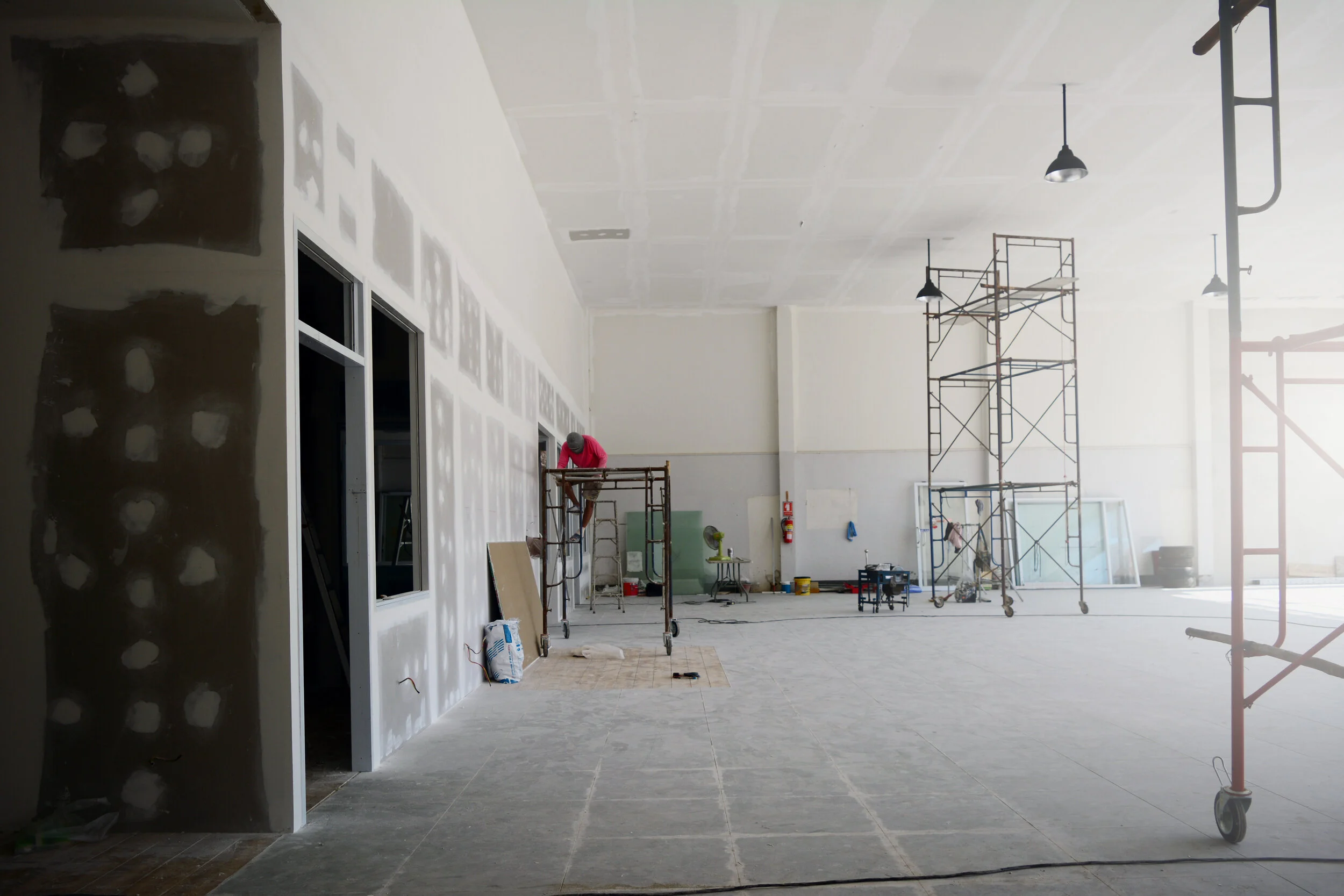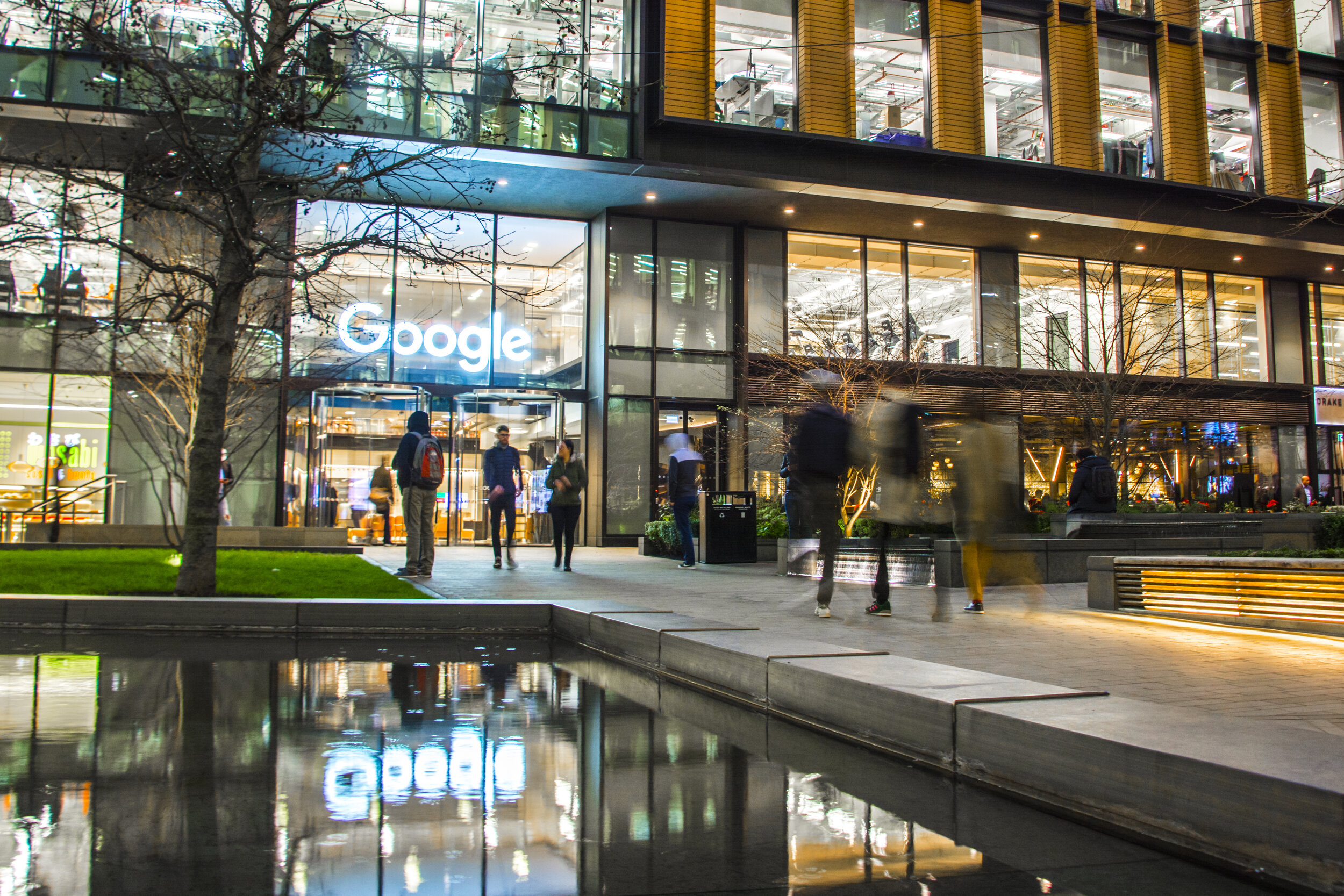The Issue:
Building material costs have been escalating and delivery timelines are being pushed out as the supply-chain shortages and delays continue to ripple across the world. Whether you are reshaping your commercial space, completing a full build-out, or building a new commercial development, misreading the global supply chain issue can add unnecessary costs and delays to your project.
What To Watch:
Increased Costs
Steel is one of the most common building materials in Commerical Real Estate. Approximately 16% of a building’s costs are related to steel. This year steel has seen a 300% increase in price and a 40-week delivery timeline.
In addition to steel, insulation material prices are up 20%, lumber prices have seen a 400% increase, plumbing supplies saw a 175% jump in mid-April, and electrical material prices have all spiked.
Delays
From pandemic shutdowns to extreme weather, to labor shortages it’s taking much longer for materials to get to job sites. In 2021 we have seen the delivery timeline for steel joints increase from 14 weeks to 40 weeks, and fiberglass delivery taking up to 10 weeks.
According to HITT’s 2021 Mid-Year Construction Materials Pricing Report, everything from roofing to plumbing is seeing an increase in lead time. They also expect these disruptions to continue in the coming months
Why It Matters:
Unanticipated delays and increases in project cost require more flexibility than the commercial construction industry has ever experienced before. If your construction project will be funded by a Tenant Improvement Allowance it will be important to get the project pricing upfront and define all your project costs prior to landlord negotiations in order to address any potential delays in the lease language. Once the TI has been allocated, it will be the tenant’s responsibility to cover any costs not covered by the allowance.
For our clients that have been looking to purchase an industrial or office building, you should be aware that if there has been an increase in pricing for building materials it has already been factored into the cost.









